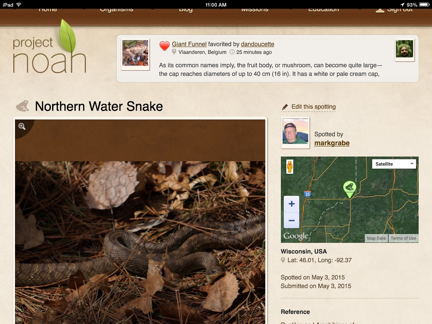In addition to the journal articles and textbook I assign in my graduate educational psychology course, I ask that students read one book from a list I provide. The book I included for the higher ed types was Academically Adrift: Limited Learning on College Campuses. (My public Kindle notes).
The book was based on some research that seemed to suggest college students make little or no advances in critical thinking and writing skills as a consequence of college attendance. At a time when “higher order thinking skills” is the buzzword of the decade, this conclusion received a lot of attention.
A recent meta-analysis soon to be published in the Review of Educational Research disputes the dismal conclusions of the Academically Adrift authors. The review did not reach the same pessimistic conclusion:
Our study suggests that students make substantial gains in critical thinking during college. We estimate the overall effect of college on critical thinking skill at 0.59 SDs.
The review offers some other interesting points:
- It appears that over time, the gains in critical thinking skills have declined in recent years (this would be a tamer version of the Academically Adrift conclusion). The authors of the meta-analysis speculate that either a) students are entering college having acquired a reasonable level of proficiency and hence have less room for improvement or b) more students are entering college unable to benefit from the instruction provided and hence the average improvement is lower. The data did not allow these hypotheses to be tested.
- Research does not seem to suggest that direct efforts to teach critical thinking have been no more successful than courses focused on traditional content and methods. This is not inconsequential. The authors go further to speculate that efforts to directly teach critical thinking may reduce what is learned in other areas.
Huber, C. R., & Kuncel, N. R. (2015). Does College Teach Critical Thinking? A Meta-Analysis. Review of Educational Research. Retrieved from http://rer.sagepub.com/content/early/2015/09/16/0034654315605917.abstractN2
17 total views


You must be logged in to post a comment.